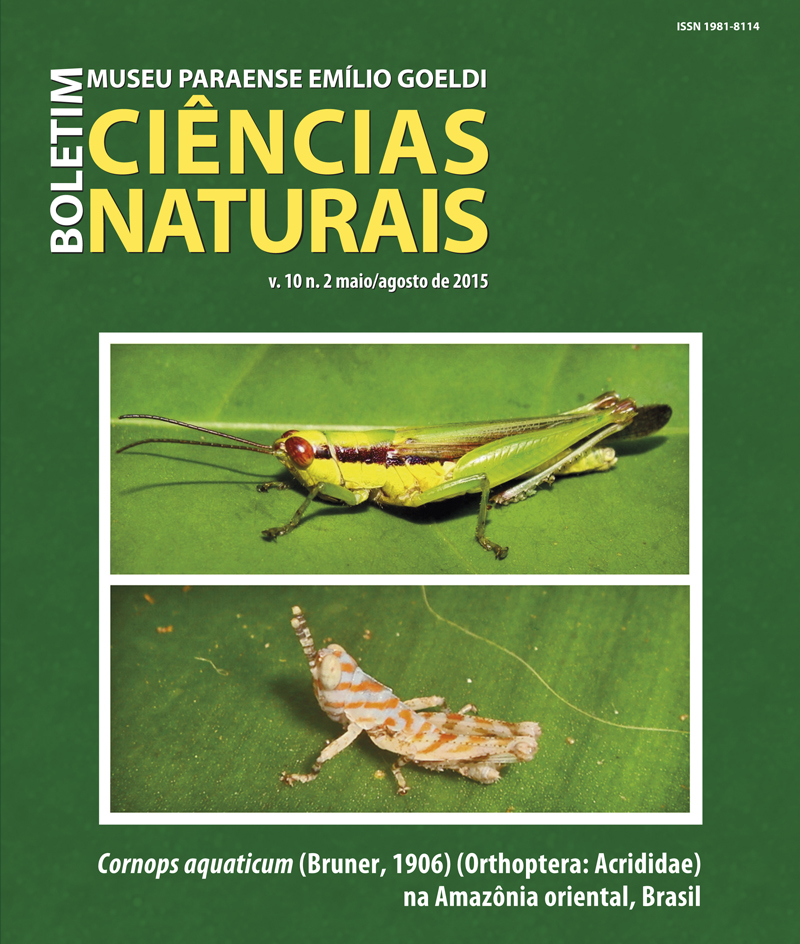Correlations between post-collisional Orosirian alkaline igneous suites from Bahia and Minas Gerais: fragments of an alkaline province?
DOI:
https://doi.org/10.46357/bcnaturais.v10i2.480Keywords:
Alkaline suite, Alkaline province, Orosirian, Post-collisional, São Francisco CratonAbstract
Starting from age, there are many similarities between 1.90 Ga sodic Lagoa Real (Bahia) and 1.95 Ga potassic Gouveana (Minas Gerais) alkaline igneous suites. Both have lithotypes ranging from lamprophyres and monzonites to syenites and quartz-syenites, all of them belonging to the silica-saturated alkaline series. It is suggested that the partial melting of lithospheric mantle, which had been metasomatized by fluids from a subducted slab before the collision, would had generated a lamprophyric magma. The fractional crystallization of such magma would led to the appearance of monzonitic magmas, which in turn evolved to syenitic and quartz-syenitic ones. Both alkaline suites are inside N-S trending structural domain, with more than 1,000 km in length, in which occur several alkaline associations such as the 2.0 Ga syenitic suite at the southern edge of the São Francisco Craton (Minas Gerais), the Guanambi batolith (2.05 Ga, Bahia) and its lamprophyric, monzonitic, and syenitic terms, with genesis associated to the Paciência suite (Minas Gerais), and also the 2.0 Ga Angico dos Dias syenitic-carbonatitic-lamprophyric complex (Bahia). Apparently, all these associations represent the fragments of a 1,90 to 2,05 Ga Minas-Bahia Orosirian post-collisional alkaline province.
Downloads
Published
Issue
Section
License
Publication means fully assigning and transferring all copyrights of the manuscript to the journal. The Liability Statement and
Assignment of Copyrights will be enclosed with the notice of acceptance. All the authors must sign the document and return it to the journal.








